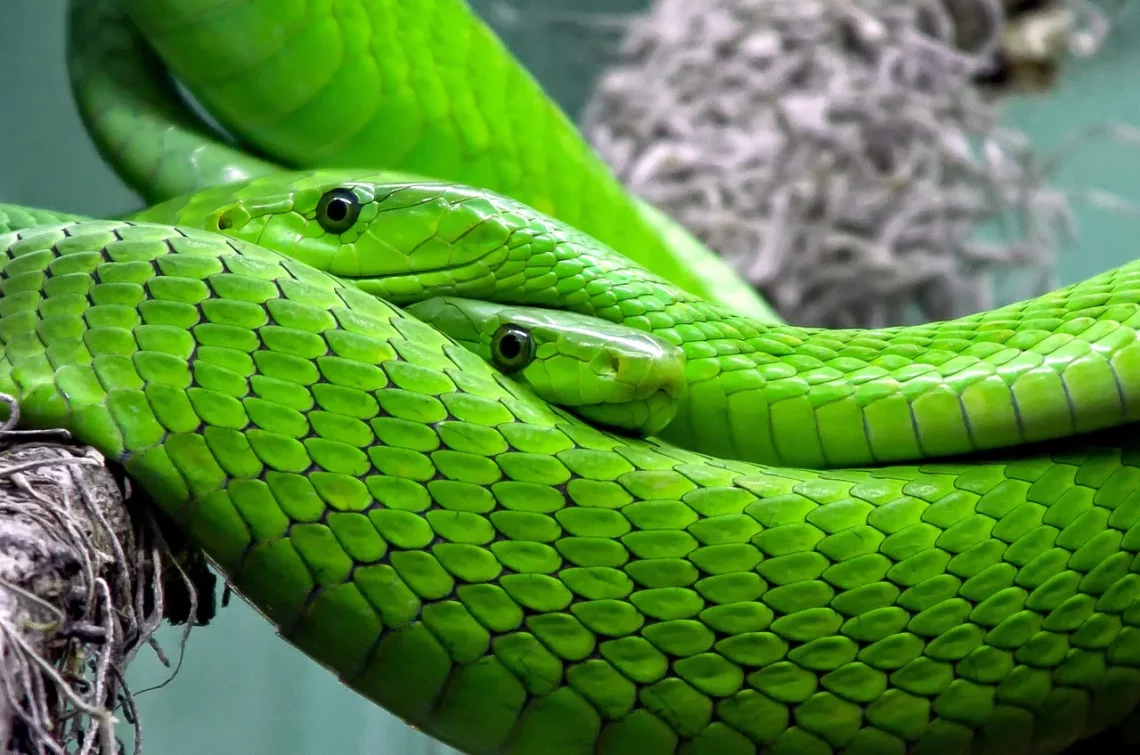
How Often Should a Snake Shed? Understanding Shedding Frequency
Understanding the shedding process in snakes is essential for any owner or enthusiast of these fascinating reptiles. Shedding, or ecdysis, is a natural phenomenon that occurs as snakes grow and develop. Unlike mammals, snakes do not have a continuous growth pattern; instead, they undergo periodic shedding to accommodate their increasing size. This process is not just a physical change but also serves several vital functions, including the removal of parasites and the maintenance of healthy skin.
The frequency of shedding can vary widely among different species of snakes and is influenced by various factors, including age, health, and environmental conditions. Young snakes, for instance, tend to shed more frequently than adults due to their rapid growth rate. Additionally, factors such as temperature, humidity, and diet play a crucial role in determining when and how often a snake will shed its skin. Understanding these variables can help snake owners create a more suitable habitat for their pets, promoting better health and well-being.
As we delve deeper into the topic of shedding, we will explore the different aspects that affect shedding frequency, the signs that indicate a snake is about to shed, and how to care for a snake during this crucial phase. By gaining a comprehensive understanding of the shedding process, snake owners can ensure they provide the best possible care for their scaly companions.
Factors Influencing Shedding Frequency
The frequency with which a snake sheds its skin is influenced by several key factors. One of the most significant is the snake’s age. Juvenile snakes, undergoing rapid growth, typically shed every few weeks. In contrast, adult snakes may shed only a few times a year. This difference is primarily due to the growth rate; as snakes mature, their growth slows, leading to less frequent shedding.
Another critical factor is the species of the snake. Different species have different shedding cycles. For example, some species might shed more frequently than others due to their natural habitat and lifestyle. Understanding the specific needs of the species you own can provide insight into what to expect regarding shedding frequency.
Environmental conditions also play a crucial role in the shedding process. Temperature and humidity levels in the snake’s habitat can significantly impact shedding frequency. Snakes require a specific range of humidity to aid in the shedding process. If the environment is too dry, it can lead to incomplete sheds, known as “dysecdysis,” which can be harmful to the snake’s health. Conversely, if the humidity is too high, it may also lead to problems, including skin infections.
Diet is another factor that can influence shedding frequency. A well-balanced diet that meets the nutritional needs of the snake can promote healthy growth and, consequently, a regular shedding schedule. Snakes that are underfed or malnourished may experience irregular shedding patterns, which can indicate underlying health issues.
In summary, understanding the factors that influence shedding frequency is essential for any snake owner. By maintaining appropriate environmental conditions, providing a balanced diet, and being aware of the snake’s age and species-specific needs, owners can support their snakes throughout the shedding process.
Signs That a Snake Is About to Shed
Recognizing the signs that a snake is about to shed can help owners prepare for this natural process and ensure their pets are comfortable. One of the first indicators is a change in the snake’s behavior. Snakes may become less active and more reclusive as they approach shedding time. This is often a sign that they are seeking a secure and comfortable place to shed their skin.
Another notable sign is a change in coloration. Before shedding, a snake’s skin often appears dull and may lose its luster. The eyes of the snake may also become cloudy or blue, creating a distinct look that signals the shedding process is imminent. This temporary change in eye clarity is due to a fluid buildup between the old and new skin layers, which can last for a few days leading up to shedding.
Owners may also notice that their snake engages in more rubbing behavior. Snakes will often rub against rough surfaces to help loosen their old skin. Providing suitable surfaces, such as rough rocks or branches within their habitat, can aid in this process and help the snake shed more effectively.
Additionally, the snake may exhibit increased appetite before shedding, consuming more food than usual. However, it is essential to monitor the snake’s eating habits closely, as some snakes may refuse food altogether in the days leading up to a shed. This behavior is normal and should not cause alarm unless it persists for an extended period.
By being aware of these signs, snake owners can take proactive steps to ensure their pets are comfortable and well-cared for during the shedding process. Ensuring the habitat is clean, maintaining appropriate humidity levels, and providing a safe space for the snake to shed can contribute significantly to a smooth shedding experience.
How to Care for Your Snake During Shedding
Caring for a snake during the shedding process is crucial to ensure the health and well-being of the animal. One of the first steps is to maintain optimal environmental conditions. Adequate humidity levels should be between 50% and 70%, depending on the species. This humidity can be achieved through regular misting of the habitat or by providing a humidity box filled with damp sphagnum moss or paper towels.
Providing appropriate hiding spots is also important. Snakes often seek out secure locations while shedding, so ensuring that the habitat has ample hiding spots can help reduce stress. It is essential to avoid handling the snake during this time, as it can be uncomfortable for them and may lead to stress or injury.
Monitoring the snake for signs of incomplete shedding is vital. If a snake is experiencing dysecdysis, where pieces of the old skin remain attached, it may require assistance. In such cases, a humid environment can help encourage the old skin to come off naturally. If the shedding issue persists, seeking guidance from a veterinarian experienced with reptiles is advisable.
After the shedding process is complete, inspecting the new skin for any signs of injury or infection is essential. Healthy shed skin should be whole, without any retained or stuck pieces. If there are any concerns regarding the snake’s skin condition, it is best to consult with a veterinarian.
Lastly, maintaining a balanced diet post-shed is important to promote healthy growth. Offering food shortly after a successful shed can help the snake regain energy and stay healthy. By providing the right care and environment, snake owners can ensure a smooth and healthy shedding process for their pets.
Myths and Misconceptions About Snake Shedding
There are several myths and misconceptions surrounding the shedding process in snakes that can lead to misunderstandings among snake owners. One common myth is that snakes shed their skin at a specific time of year. In reality, shedding frequency varies widely among individual snakes and is influenced by factors such as age, species, and environmental conditions, rather than a seasonal schedule.
Another misconception is the belief that snakes will shed their skin in one complete piece, similar to how some other reptiles do. While some species may shed their skin in larger pieces, most snakes will shed their skin in several sections. This is completely normal and does not indicate any health issues.
Additionally, many people believe that a snake’s shedding process can be painful or distressing. While it may be uncomfortable for the snake, the shedding process is a natural physiological event that most snakes handle without significant stress. Providing a supportive environment during this time can alleviate any discomfort and promote a healthy shedding experience.
Some owners may also worry that shedding can be harmful to their snake’s health. While shedding is a natural part of a snake’s life cycle, certain conditions can lead to complications, such as dysecdysis. However, with proper care and attention, these issues can often be prevented or resolved.
In conclusion, understanding the facts about snake shedding can help owners provide better care for their pets. By debunking these myths and misconceptions, snake enthusiasts can approach the shedding process with a clearer perspective, ensuring their snakes remain healthy and happy.
As a reminder, this article is not intended as medical advice. If you have any health concerns regarding your snake or any other pets, it is always best to consult with a qualified veterinarian.




